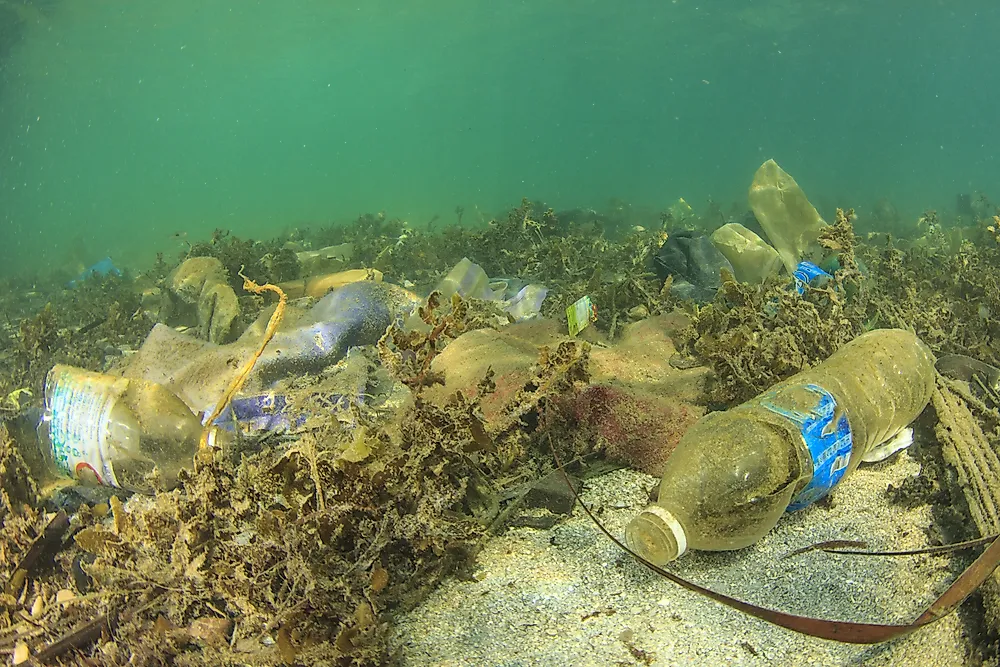The Different Types Of Marine Pollution

The entry of potentially harmful pollutants in the oceans is called marine pollution. This type of pollution does not only cause a great loss of marine flora and fauna, but it can also impact humans who depend on the marine life for their food and economic benefits. Some of the types of marine pollution have been mentioned below:
Ocean Acidification
Oceans of our planet act as a natural carbon sink. The carbon-dioxide present in the atmosphere dissolves in the waters of the oceans. Thus, the oceans help lower the atmospheric CO2 concentration which, in turn, reduces the effects of global warming on the planet. However, as the atmospheric concentration of the gas is increasing, the oceans are becoming more acidic. This change in the pH of the ocean water can have disastrous consequences on marine life. Structures made of calcium carbonate might become vulnerable to dissolution in the acidic environment. This issue will adversely impact the corals and shellfish living in the oceans.
Eutrophication
When the concentration of chemical nutrients increases in a water body, the process is called eutrophication. The change can lead to an excessive growth of plants and their subsequent decay. The dissolved oxygen concentration in the water also decreases due to eutrophication which induces the death of marine fauna. When the highly polluted rivers drain into the ocean, it might result in the formation of dead zones where the water is highly depleted of oxygen.
Plastic Debris
In the past few decades, plastic is one of the most dangerous pollutants that has been rapidly accumulating in the oceans. It is estimated that the mass of plastic in the oceans could be as high as 100,000,000 tonnes. All this plastic comes from numerous sources like discarded plastic bags, plastic cutlery, straws, six-pack rings, and more. All this plastic waste can pose a serious threat to the survival of marine fauna who can die by ingestion, entanglement, and suffocation. Plastic fishing nets are known to kill thousands of dolphins, turtles, seabirds, sharks, etc., in the oceans every year. Ingestion of plastic waste leads to the slow and painful death of these animals. Other pollutants also collect on the surface of plastic debris and magnify there. When such debris enters the human body through the food chain, it can have disastrous effects on the health of people.
Toxins
There are several other toxins called persistent toxins that do not readily disintegrate in the ocean waters. Examples of such toxins are pesticides, DDT, phenols, heavy metals, PCBs, etc. When such toxins enter the body of marine animals, they accumulate in their tissues by a process called bioaccumulation. The toxins pass from prey to predator through the food chain and start biomagnifying at each higher level in the food chain. Humans are often at the top of many marine food chains and thus are the receivers of large quantities of biomagnified toxins from seafood.
Noise
Many species in the marine world rely heavily on their sense of hearing. However, human activities often introduce unnecessary noise in the marine ecosystem which is detrimental to life in the area. Noise can be generated by passing ships, seismic surveys, sonar, oil exploration surveys, etc. Such noise creates confusion in the marine world by interfering with the acoustic information on which these species rely for their survival.











